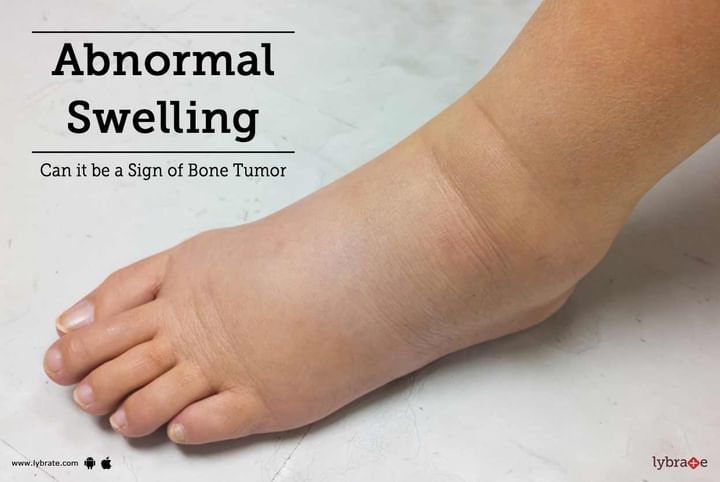Abnormal Swelling - Can it be a Sign of Bone Tumor
Uncontrollable division of cells present in the tissue leads to the formation of a lump or mass of tissue. This mass of tissue is known as a tumor and when this condition is diagnosed in the bones of a human body, it is known as bone tumor. Most bone tumors are non-cancerous (benign) and cannot grow. However, it is still possible that the bones could be weakened and the condition could result in fractures and other such problems. The tumor replaces the normal and healthy tissue.
It is observed that cases of malignant bone tumors are much less as compared to benign tumors. Some examples of benign bone tumours include:
1. Giant Cell tumor: In this condition, the tumor affects the legs
2. Osteochondroma: This form is most common among teenagers
3. Osteoblastoma: A tumor which develops in young adults and affects the spine
4. Osteoid osteoma: A tumor that affects long bones
5. Enchondroma: Usually found in hand and feet.
As stated earlier, metastatic cancer is a form of cancer that spreads to the bone from other spots in the body. Cancers from other parts that commonly spread to the bones include breast cancer, prostate cancer and lung cancer.
It is common for bone tumors to bear no symptoms and they can only be diagnosed using an x-ray. However, a typical symptom of bone tumor is pain which:
1. Starts in the region of the bone tumor
2. Often feels achy
3. Worsens with activity
Other symptoms that might be related to bone tumors are:
1. Abnormal swelling around the bone
2. Fever
3. Limping, in rare cases
Treatment
1. Benign bone tumors can be treated by just using medications. However, the tumours might relapse even after treatment.
2. Treatment of malignant tumor might require a number of specialists. The stage of cancer plays a vital role in the treatment.
Common treatments for bone tumor are:
1. Amputation: It is the surgical removal of all or a part of the limb and is conducted only if the tumor is large.
2. Radiation therapy: High intensity X-rays are used to kill cancer cells and treat the tumors.
3. Chemotherapy: Tumor cells which have infiltrated the bloodstream are eliminated using cancer drugs. If you wish to discuss about any specific problem, you can consult a doctor and ask a free question.



+1.svg)
